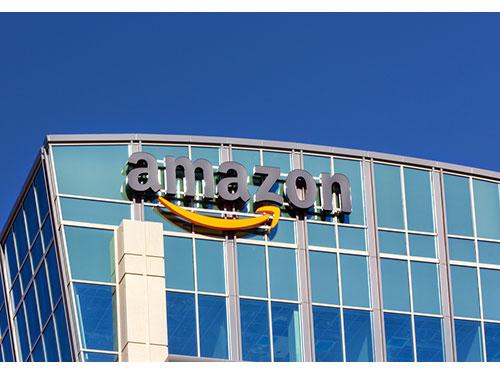Amazon confirms layoffs of workers in this group...
Reports of impending layoffs at Amazon have become a reality.
In a Nov. 16 note to the devices and services organization (responsible for product lines such as Amazon Echo and Kindle devices) which Amazon shared in a corporate blog post, Dave Limp, senior VP of Amazon Devices & Services, said the company has decided to “consolidate” some teams and programs in the department. As a result, an unspecified number of jobs are being eliminated.
Previous media reports indicated Amazon was preparing to begin eliminating 10,000 corporate and technology roles, starting this week. The jobs that will be cut are said to primarily in the areas of devices, retail, and HR.
Although Amazon has reportedly not made a final selection of the exact number of jobs it will eliminate, this would represent the largest layoff in company history, representing less than 1% of the e-tail giant’s total worldwide workforce and about 3% of its corporate staff.
In his note to staffers, Limp said the e-tail giant continues to face an “unusual and uncertain macroeconomic environment,” and has been performing “deep reviews” to prioritize its areas of business focus in the past few months. Limp also said impacted employees were notified on Tuesday, Nov. 15, and will receive support from Amazon that includes assisting in finding new roles within the company, as well as transition assistance including a separation payment, transitional benefits, and external job placement support.
“While I know this news is tough to digest, I do want to emphasize that the devices & services organization remains an important area of investment for Amazon, and we will continue to invent on behalf of our customers,” Limp said in the note. “Having gone through times like this in the past, I know that when there's a difficult economy, customers tend to gravitate to the companies and products they believe have the best customer experience and that take care of them the best. Historically, Amazon has done a very good job at this.
In commentary provided to Chain Store Age, Forrester VP and principal analyst J.P. Gownder said Amazon is reacting to macro-trends such as the current economic downturn and layoffs at other tech companies such as Meta, as well some of its own specific micro-trends.
“In Amazon's case, they're choosing to deemphasize product areas, like Alexa devices, that have high headcount but low return on investment,” said Gownder. “Having swelled to 10,000 employees, but producing a negative financial return, it's unsurprising that Amazon would choose to trim back this area.”
Gownder also supported Amazon’s promise to internally redistribute and otherwise assist laid off workers, as he said not doing so could negatively affect “concentration, productivity, and employee experience” of remaining workers.
Amazon takes a corporate hiring break
These job cuts follow a recently announced hiatus in corporate hiring. The company said it still intends to hire a “meaningful number of people” in 2023.
Amazon went on a major hiring spree in Sept. 2021, when it was still achieving record-breaking results from increased online shopping by consumers homebound due to the COVID-19 pandemic. The retailer hired more than 450,000 people in the U.S. between the beginning of the pandemic in March 2020 and September 2021, becoming the largest job creator in the U.S. in the process.
In 2020, in the middle of the COVID-19 pandemic, Amazon says it hired over 400,000 employees in the U.S.—of which, more than 60% were getting paid more than they were at their previous job.
[Read more: Amazon in hiring blitz; giving bonus to hires who show proof of vaccination]
However, the company reported a net loss of $2 billion, or $0.20 per share, for the second quarter ended June 30, 2022, compared with net income of $7.8 billion, or $0.76 per diluted share, in the year-earlier period.
During the second quarter, Amazon reduced its headcount by about 100,000 employees, and CEO Andy Jassy said the company would scale back operations as the sales boom it experienced during the COVID-19 pandemic cools.



